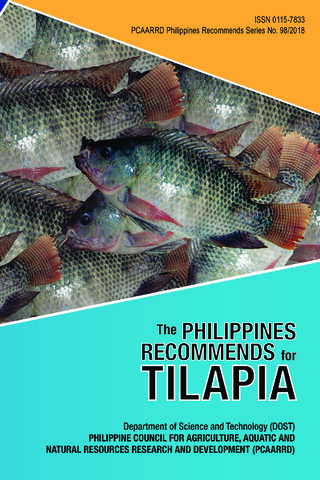Mangroves and brackishwater pond culture in the Philippines
- Global styles
- MLA
- Vancouver
- Elsevier - Harvard
- APA
- Help

ดู/
วันที่
1995ผู้เขียน
Page views
5,453ASFA keyword
AGROVOC keyword
เมตาดาต้า
แสดงระเบียนรายการเต็ม
Share
นามธรรม
Around 50% of mangrove loss in the Philippines can be traced to brackishwater pond construction. The decrease in mangroves from 450 000 ha in 1920 to 132 500 ha in 1990 has been accompanied by expansion of culture ponds to 223 000 ha in 1990. The history of fishpond development in the country includes a government-sponsored fishpond boom in the 1950-g and 1960s, the proconservation decade of the 1970s followed by a shrimp fever in the 1980s. Production from brackisshwater ponds has increased from 15 900 mt worth P7.6 million in 1938 to 267 000 mt valued at P6.5 billion in 1990. On the other hand, the maximum valuation of over $11 000 ha−1 yr−1 for unmanaged and managed mangrove forests makes them economically on par with the most profitable pond farming systems. The loss of mangrove systems and their varied goods and services is the single most important consequence of brackishwater pond culture in the Philippines. Moreover, intensive shrimp farming is associated with other ecological and socioeconomic effects such as pollution of coastal waters and decline in domestic food crops. New legislation and enforcement of existing laws, conservation of remaining mangroves, massive rehabilitation of denuded mangrove areas, and promotion of sustainable aquaculture and fisheries are recommended.
การอ้างอิง
Primavera, J. (1995). Mangroves and brackishwater pond culture in the Philippines. Hydrobiologia , 295(1-3), 303-310. https://doi.org/10.1007/BF00029137
Type
ArticleISSN
0018-8158คอลเลกชัน
- Journal Articles [1258]
Related items
Showing items related by title, author, creator and subject.
-
The Philippine aquaculture industry
Camacho, Arsenio S.; Macalincag-Lagua, Natividad (Aquaculture Department, Southeast Asian Fisheries Development Center, 1988)The aquaculture sector of the Philippine fishing industry registered the highest growth rate of 12.5% in 1977-1986. The contribution of aquaculture to the total fish production was equivalent to 24% in 1986 compared to ... -
Series: Aquaculture extension manual; No. 46
Intensive culture of sea bass, Lates calcarifer Bloch, in brackishwater earthen ponds
Jamerlan, Gerry S.; Coloso, Relicardo M. (Aquaculture Department, Southeast Asian Fisheries Development Center, 2010)An extension manual describing criteria for site selection, monoculture and polyculture operations including feeds and feeding, harvest, common diseases, economic analysis. -
Series: Philippines Recommends Series; No. 98/2018
The Philippines recommends for tilapia
The Tilapia Technical Committee 2017 (DOST-PCAARRD, 2018)Tilapia is one of the most commercially important commodities in fisheries and aquaculture. Although tilapia is relatively easy to propagate and culture, the Philippine tilapia industry needs the necessary boost in the ...





